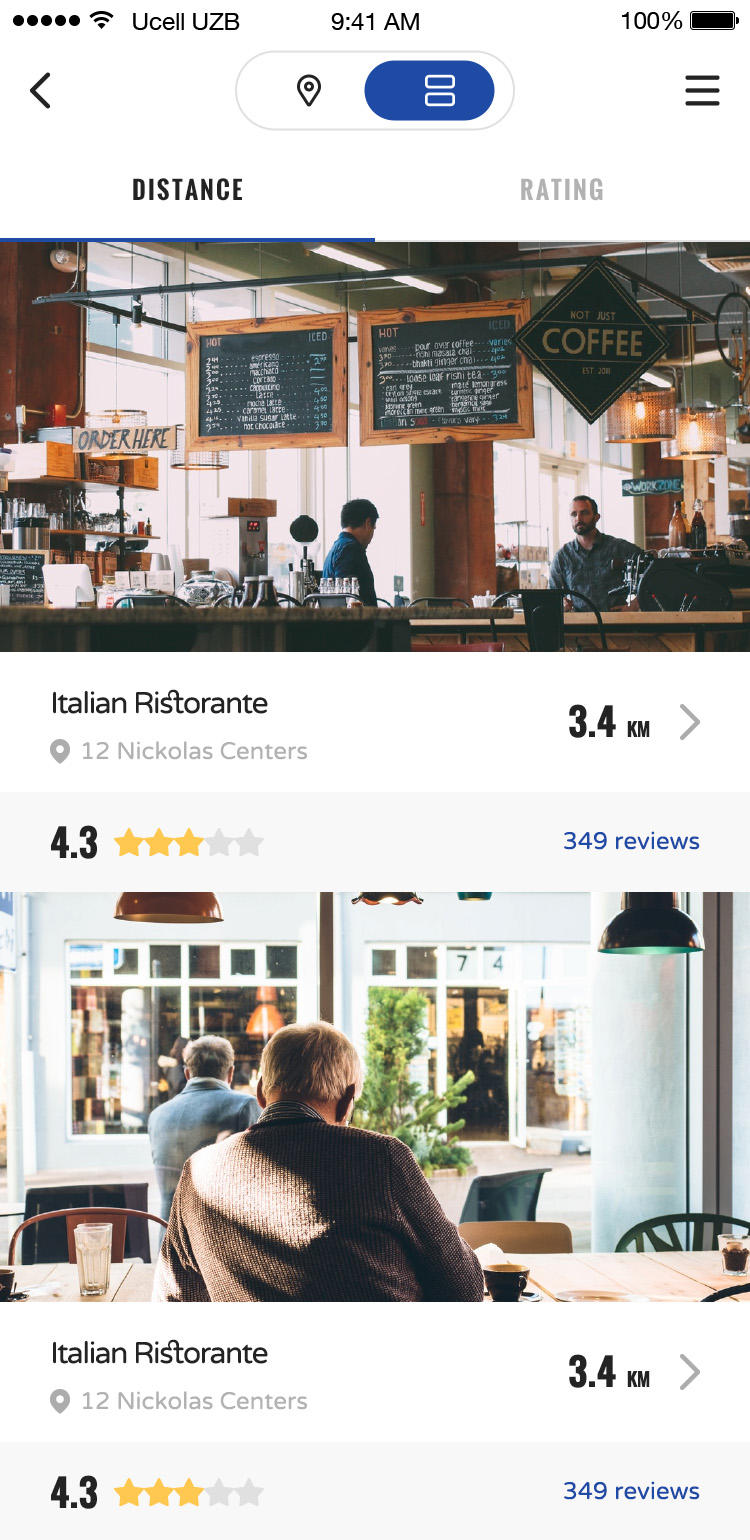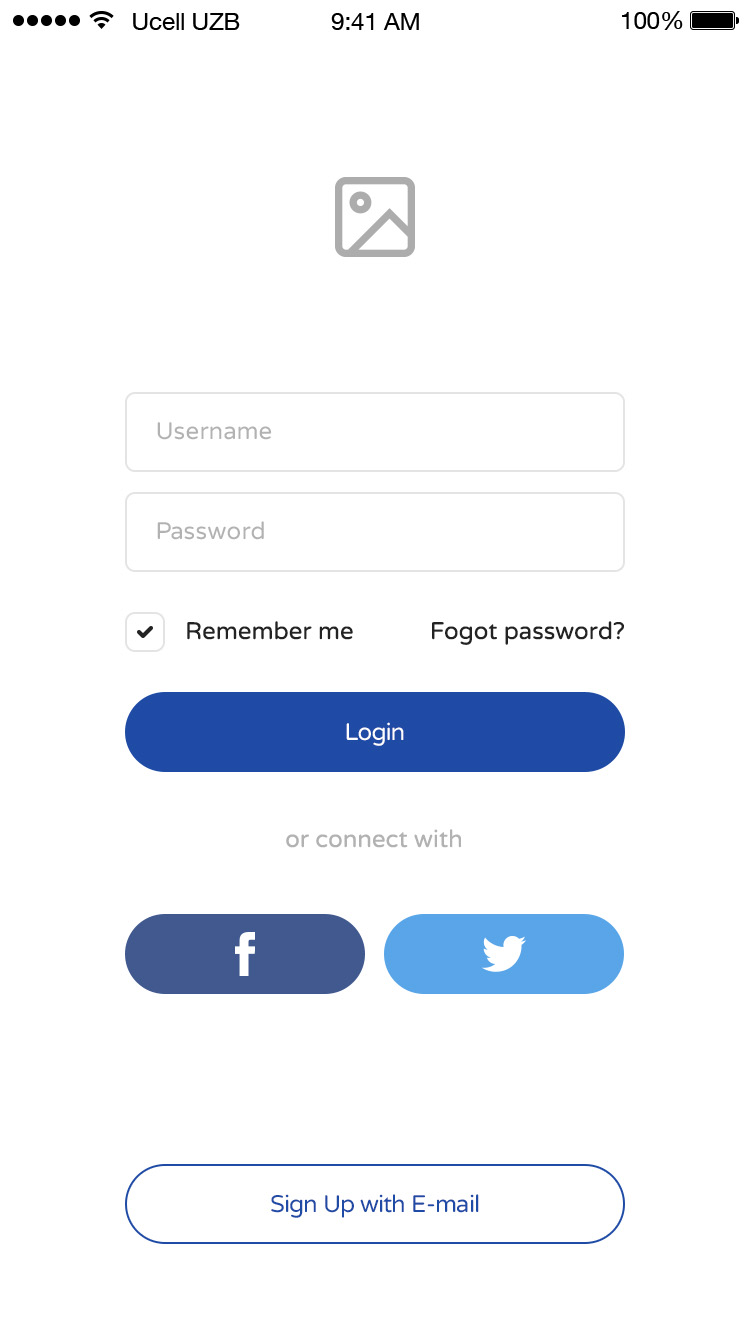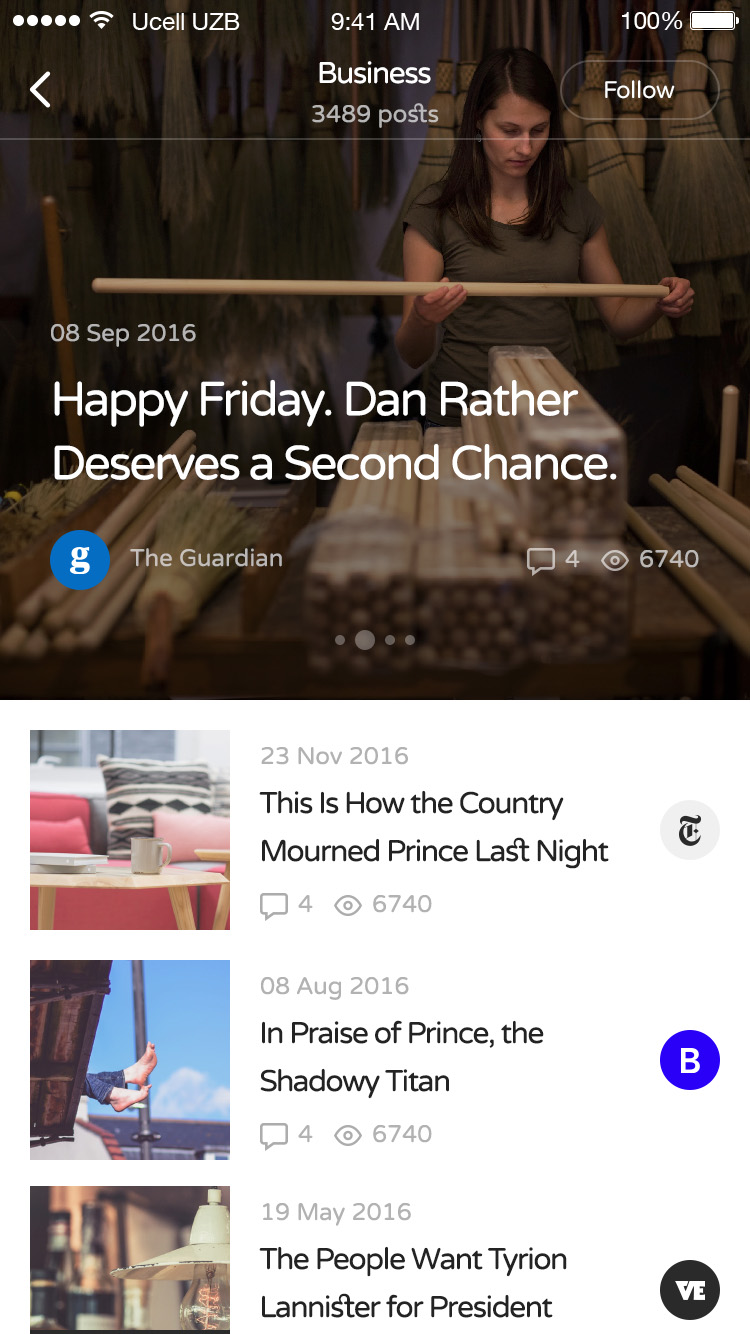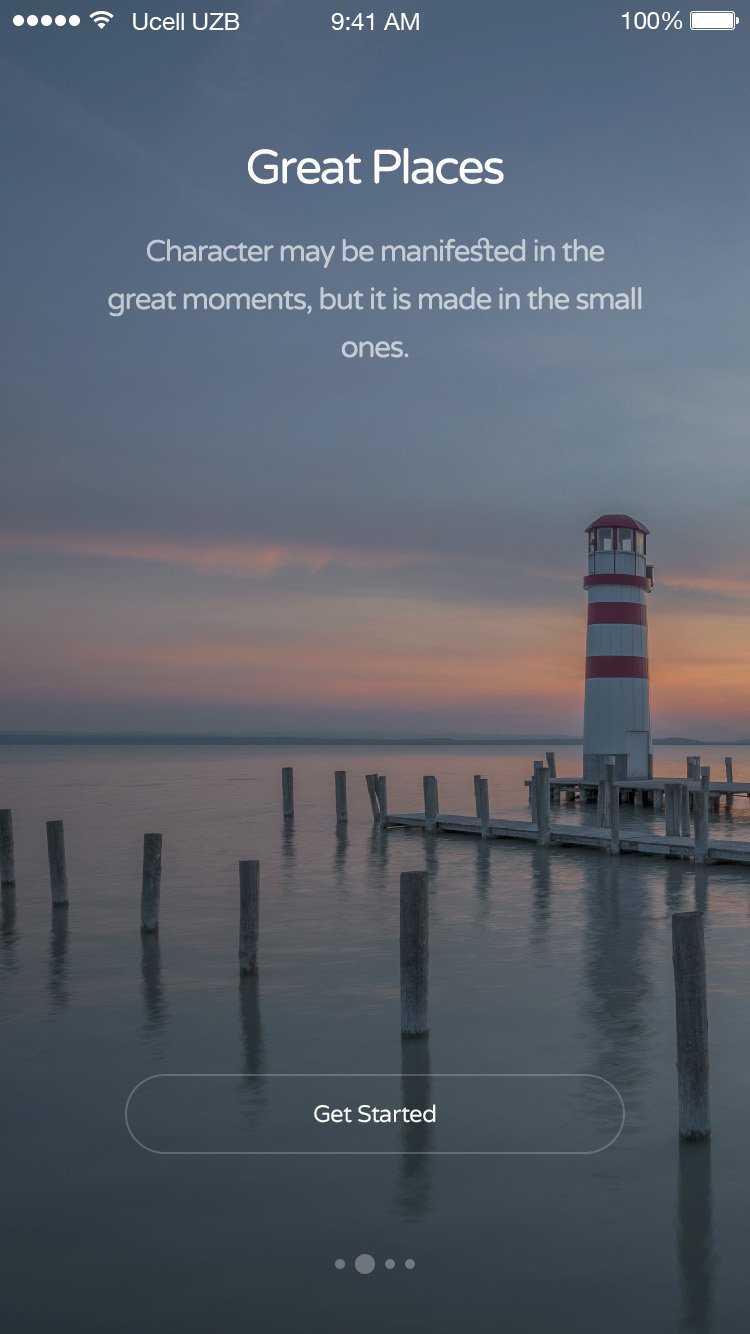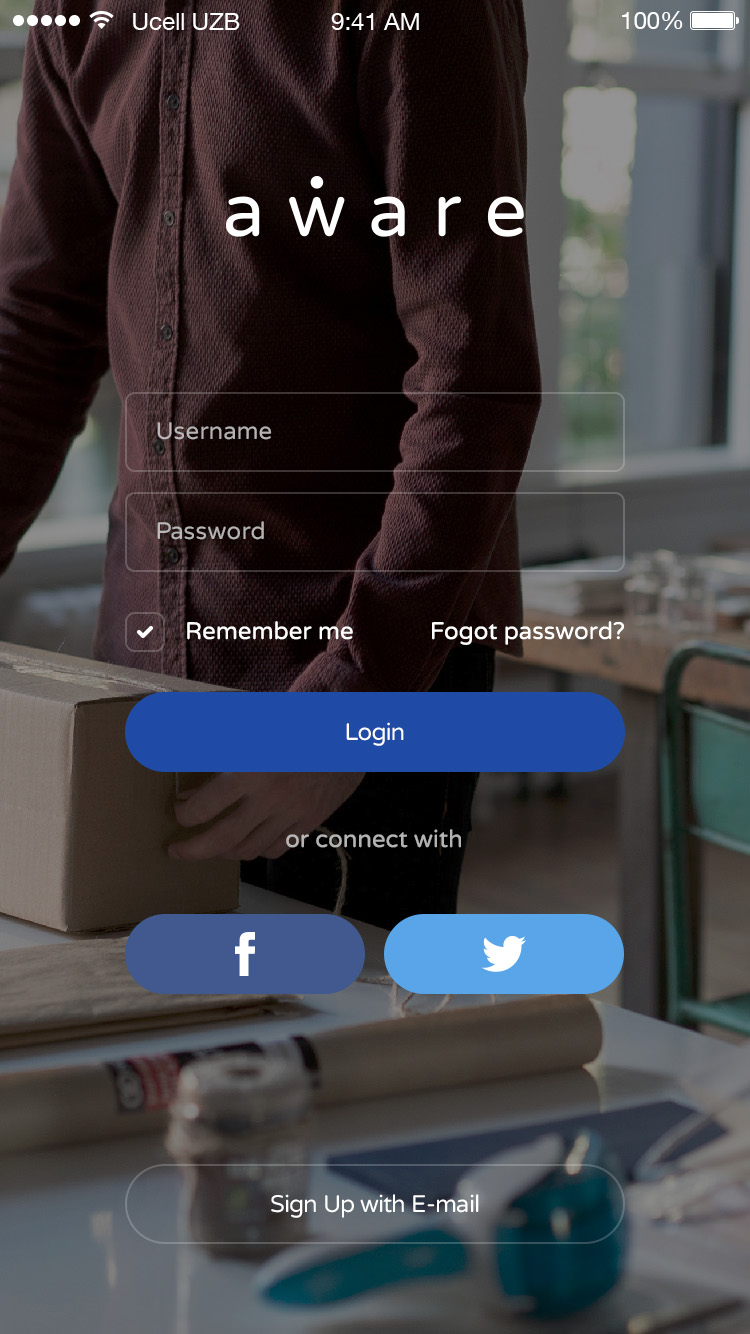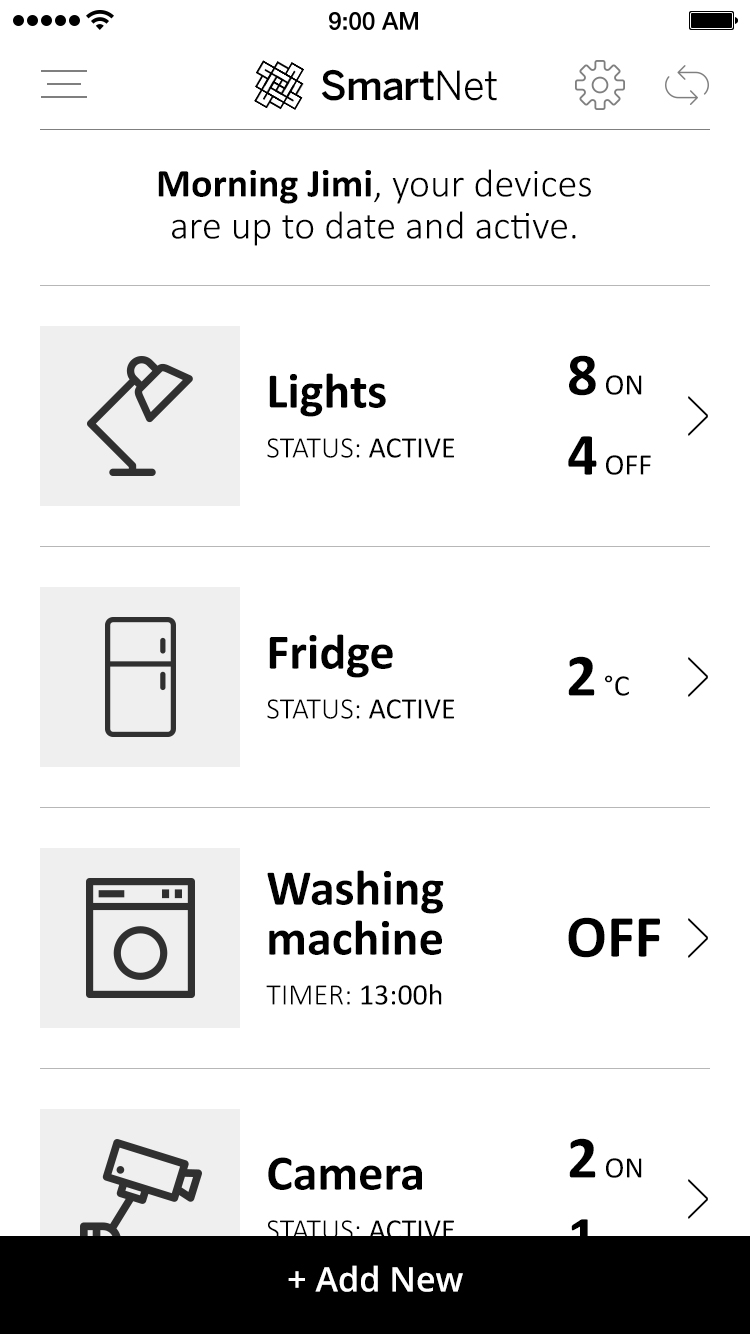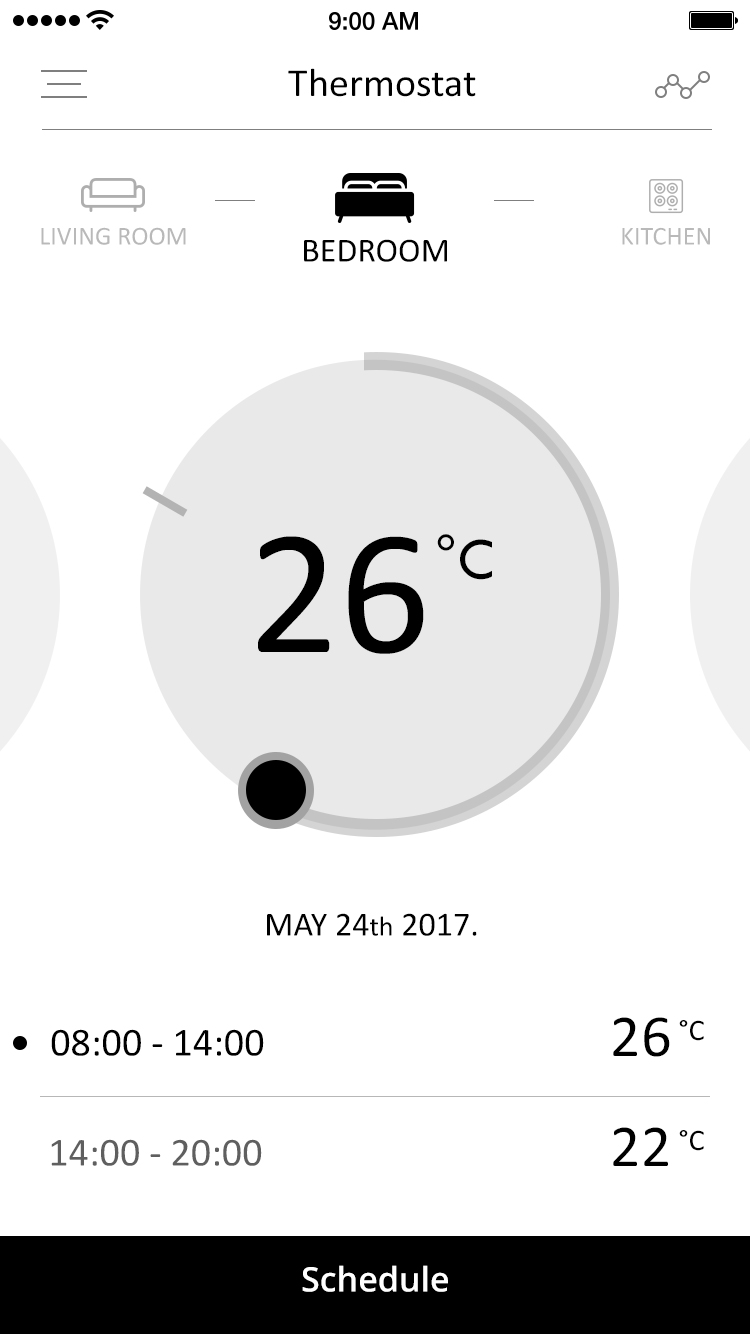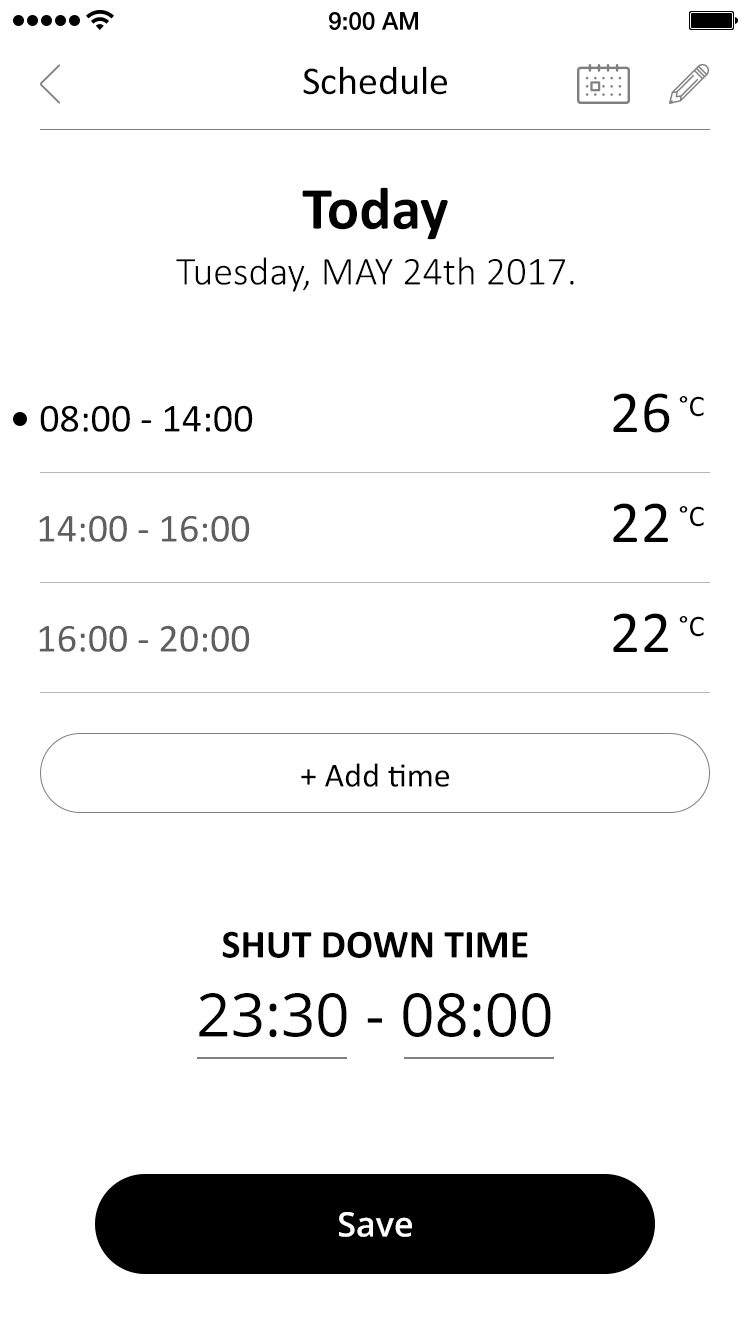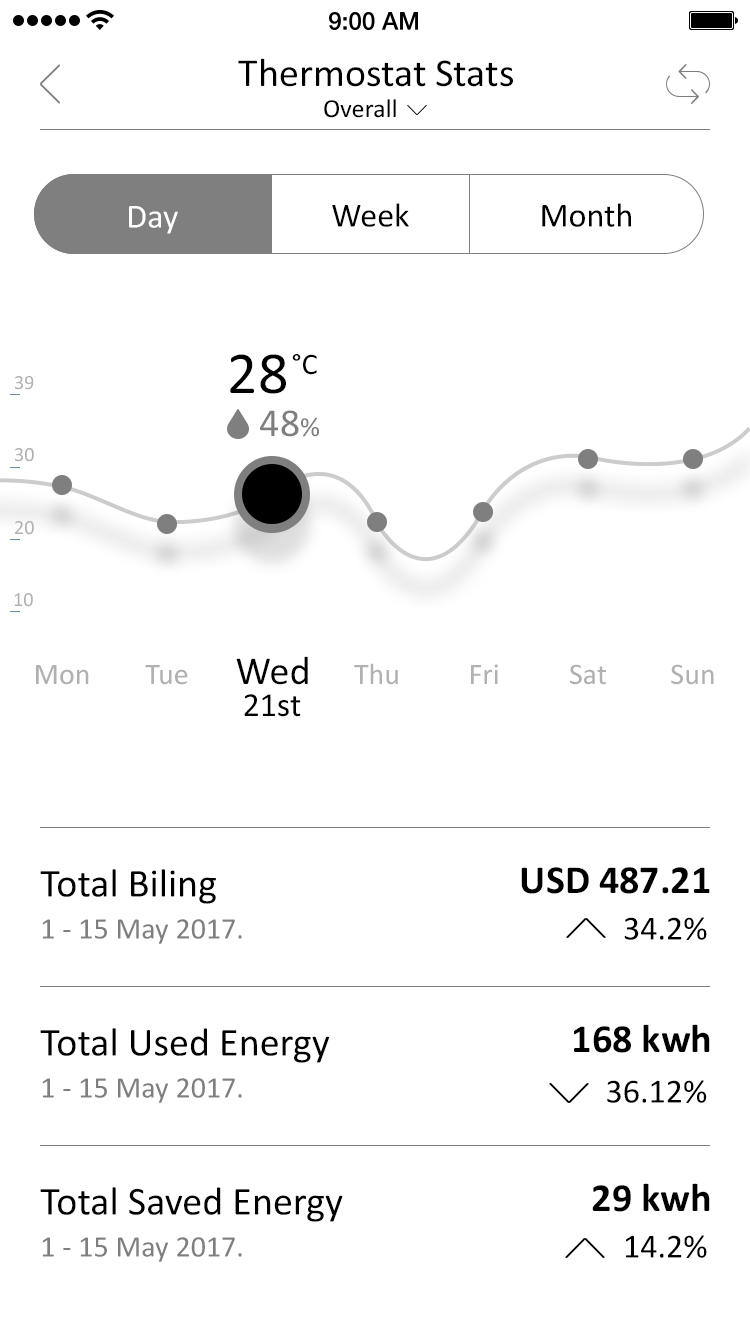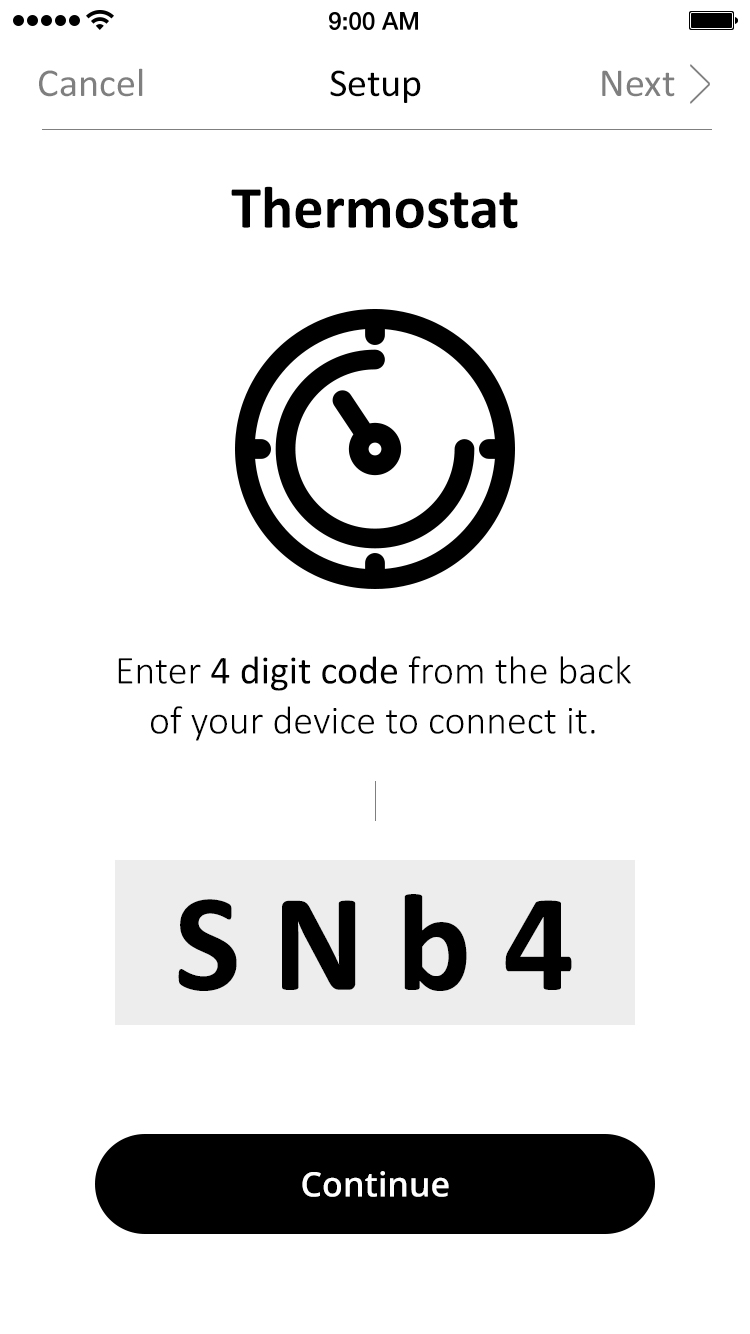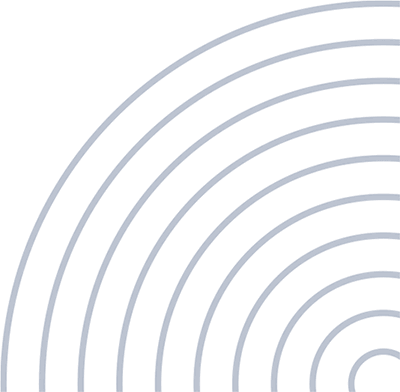Three different types of design Graphic design in a sense, all visual design starts with graphic design. Simply put, the trick is to decide how things should look. Graphic designers choose colors and fonts and arrange elements (such as images and text blocks) in layouts.
This can be done both online (website and mobile apps) and in print (magazine ads, book covers, in-store displays). So, it's not about the environment in which a piece spawns, it's about the fact that it's a static, non-interactive layout after all.
The demand for a graphic designer continues to increase (7% more than last year) and salaries are competitive in this field.
This way we can easily define graphic design in relation to how objects look.
UI (User Interface) Remember: A UI is a digital space where users see and perceive information.
UI design focuses specifically on visual, The design of interactive elements and lives almost exclusively in digital media as a space. Interactive elements such as drop downs, form fields, clickable elements, animations, button styles, and more are all very important tools in UI design.
The UI designer takes the framework and wireframes created by the UX designer and turns them into high-quality, final visual outputs before handing them over to a development or engineering team for production.
What is UI? Venn diagram User Interface (UI) design, on the other hand, deals specifically with the design of interactive elements and therefore lives almost exclusively in digital environments such as computers, tablets or smartphones. Interactive elements such as dropdowns, form fields, clickable elements, animations, button styles and more are all essential tools for UI designers around the world.
Thus, we can understand the meaning of UI design as broadening and broadening the definition of graphic design as much as it is relevant, how the things we use and handle look like.
UX (User Experience) Remember: UX is the all-encompassing experience of a user interacting with a product or service to achieve a goal.
User experience design is the process of applying a user-centered design approach to understand and meet user needs with an experience that is both useful and enjoyable.
UX designers are problem solvers for products, business, content, behavior and most importantly – you guessed it – people. And then there's UX. UX design differs from both UI and graphic design in that it focuses on the logic and structure of the elements you actually see and interact with UX designers typically provide wire frames, prototypes, maps, flows, and other UX artifacts to the UI team. UX basically happens in two different phases: research and validation. In the research phase, UX designers use different tools and methods to achieve better results.
Understand the intended users. Competitor analysis, user interviews, personification, wire framing, heuristics, and travel flows can all be included. Next comes verification after the product is released. Here UX designers perform usability/pain point analysis to determine if the product delivers the desired result.
If not, improvements and revisions are made based on user data to make the final result better and more efficient. Identifying usability issues early prevents more expensive redesigns/ duplication later.







